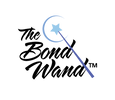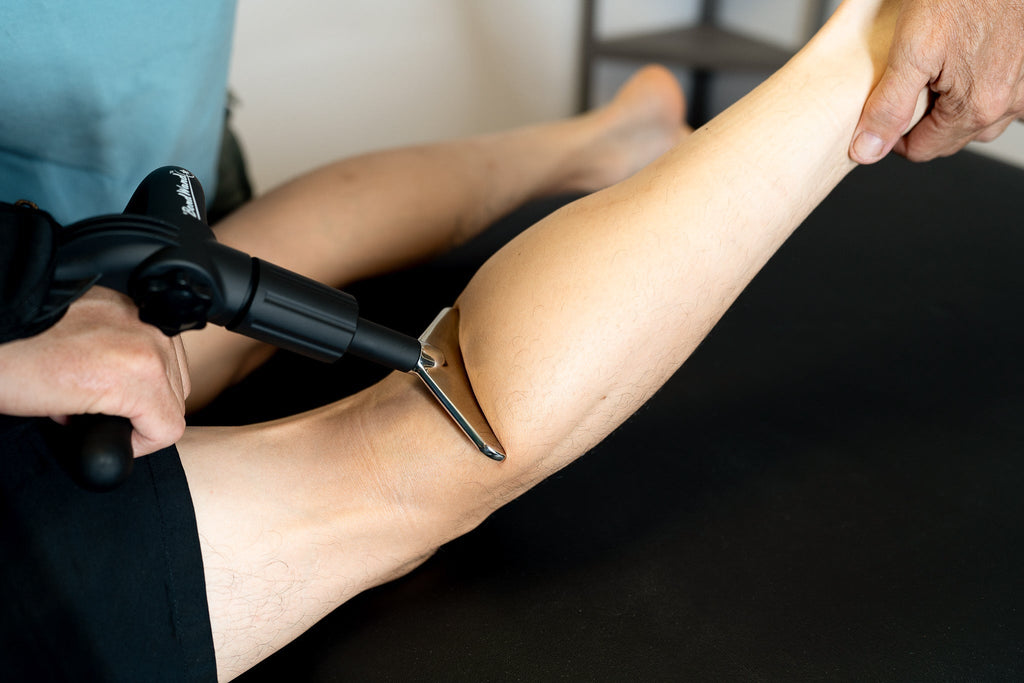The Bond Wand is more than just a physical tool. It's part of a larger therapeutic system known as the Bond Protocol. Developed by chiropractor Dr. David Bond, this protocol integrates three powerful techniques used by movement professionals and clinicians worldwide: CRAC, IASTM, and PNF. When combined, these methods form a layered approach to treating muscle dysfunction, improving mobility, and enhancing recovery.
In this blog, we’ll break down what each of these techniques means, why they work, and how they come together in the Bond Protocol.
1. CRAC (Contract-Relax-Antagonist-Contract) CRAC is a specialized form of PNF (Proprioceptive Neuromuscular Facilitation) stretching. It involves three steps:
-
The muscle is stretched passively.
-
The patient then contracts the stretched muscle (isometric contraction).
-
After relaxing, the patient immediately contracts the opposing (antagonist) muscle.
This technique takes advantage of the nervous system’s natural response to muscle activation, helping reset tension levels and allowing a deeper stretch. It is especially effective for clients dealing with limited range of motion in areas like the hamstrings, shoulders, and hips. When used with the Bond Wand, therapists can apply consistent pressure during the contraction and stretch phases without tiring their hands or wrists.
In clinical practice, CRAC is often used as part of rehab protocols, athletic warm-ups, and mobility sessions. For example, a therapist working with a runner may use CRAC to open up tight hip flexors by first releasing the tissue with IASTM, then guiding the runner through a contract-relax sequence while maintaining gentle pressure with the Wand. The result is a more sustainable improvement in flexibility and neuromuscular control.
2. IASTM (Instrument-Assisted Soft Tissue Mobilization) IASTM is a method of using tools to detect and treat soft tissue dysfunctions, including adhesions, fascial restrictions, and scar tissue. The Bond Wand acts as an ergonomic IASTM tool, with interchangeable heads designed for precision, comfort, and control.
Unlike flat Gua Sha blades or metal scrapers, the Bond Wand has a longer handle that allows clinicians to apply force without wrist strain. Its textured and curved surfaces conform to the body’s contours, making it ideal for working on:
-
Tension in the neck and traps
-
Hip flexor and IT band restrictions
-
Scar tissue around joints or post-surgery
IASTM prepares the tissue for the CRAC and PNF stages by increasing blood flow, breaking up restrictions, and creating space for mobility improvements. In some cases, clinicians also use the Bond Wand to identify areas of fascial tension that may not be apparent during static assessments. The Wand acts like an extension of the therapist’s hand, improving precision without compromising ergonomics.
3. PNF (Proprioceptive Neuromuscular Facilitation) PNF techniques aim to improve the neuromuscular response and communication between the muscles and brain. PNF is typically performed through stretching, resistance movements, and manual cues.
In the Bond Protocol, PNF is integrated with CRAC and IASTM to create a dynamic and responsive treatment flow. For example, after loosening the tissue with IASTM, the therapist might guide the patient through resisted movements or functional patterns like lunges or arm raises, applying pressure with the Wand throughout.
By engaging the body’s reflex pathways, PNF helps reinforce proper motor patterns, especially in post-injury rehab or sports performance. The Bond Wand becomes a bridge between passive and active therapy, helping facilitate real-time adjustments to muscle tone and alignment. This makes it particularly useful for improving proprioception, range of motion, and joint stability.
Why These Three Techniques Work Better Together Each of these techniques has its own value, but when combined into one treatment sequence, the results are amplified:
-
IASTM prepares the tissue by improving circulation and reducing adhesions.
-
CRAC releases muscular tension and allows for safe deep stretching.
-
PNF builds control and reinforces new movement patterns.
Together, they address not only physical tightness but also neurological coordination and joint function. This layered method ensures that tissues are released, joints are stabilized, and the nervous system is retrained for efficient, pain-free movement. For clinicians, this comprehensive approach saves time, reduces physical strain, and improves patient outcomes across the board.
Explore more clinician insights and resources on our Guide to Muscle Groups — which includes videos for each muscle group with suggested technique guides.




Leave a comment: